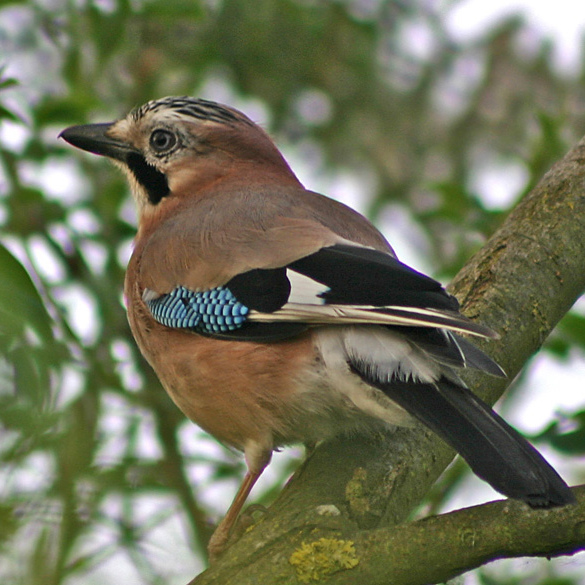Key Facts
- Length: 34cm
- Wingspan: 55cm
- Weight: 170g
- Average lifespan: 4 years
Jays are brightly coloured crows that can be found in woodland, parks and gardens. Surprisingly shy, their screaming call is most likely to be heard as they fly between trees. You should watch out for a flash of a bright white rump.
Jays eat invertebrates, especially caterpillars and beetles, and are famous for enjoying acorns (and other nuts and fruits) during the autumn; they will cache their finds for later.
Jays are present all year-round, but are most obvious in autumn when they have to move about looking for winter supplies.
How to Identify
A brightly coloured crow, the Jay is unmistakable. It is mainly pinkish-buff, with a black tail, white rump, black ‘moustache’ and black and white wings that sport a brilliant blue patch.
Where to Find
Widespread, although absent from the north of Scotland.
How People Can Help
The Wildlife Trusts manage many woodland nature reserves sympathetically for all kinds of birds from Jays to Goldcrests, Nuthatches to Whitethroats. You can help too: volunteer for The Wildlife Trusts and you could be involved in everything from traditional forest crafts to raising awareness about birds.
Did you know?
Jays collect and bury acorns in the autumn ready for the winter ahead. Some of these acorns will be forgotten and grow into oak saplings and eventually trees.
Similar Species
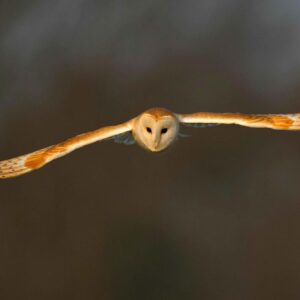
Barn Owl
- Birds

Black-Headed Gull
- Birds
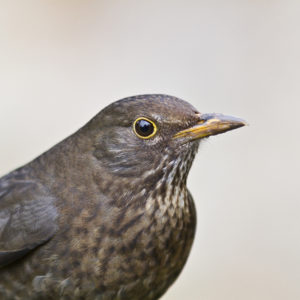
Blackbird
- Birds

Blackcap
- Birds
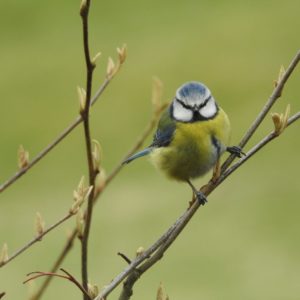
Blue Tit
- Birds
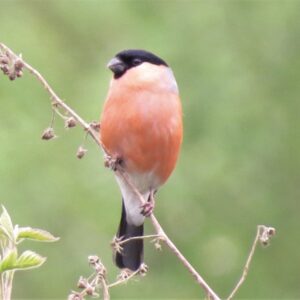
Bullfinch
- Birds
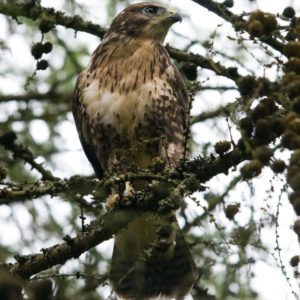
Buzzard
- Birds

Canada Goose
- Birds
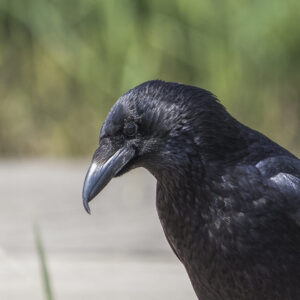
Carrion Crow
- Birds
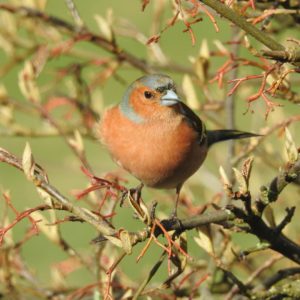
Chaffinch
- Birds
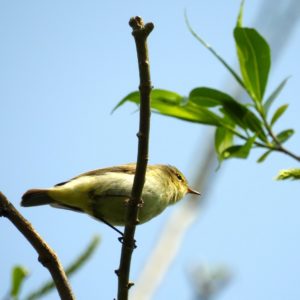
Chiffchaff
- Birds

Coal Tit
- Birds

Collared Dove
- Birds

Coot
- Birds
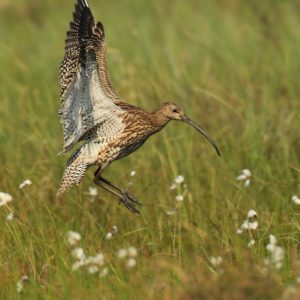
Curlew
- Birds
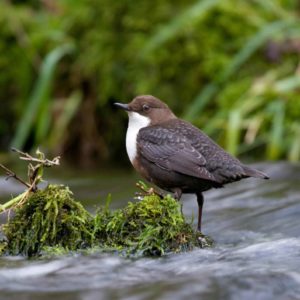
Dipper
- Birds
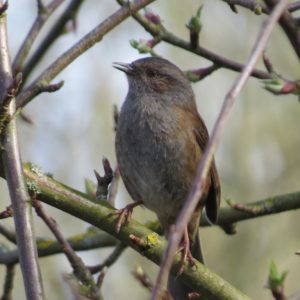
Dunnock
- Birds
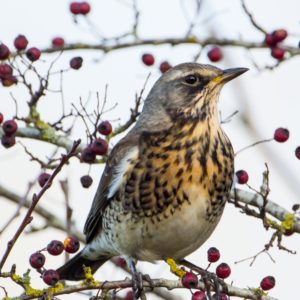
Fieldfare
- Birds
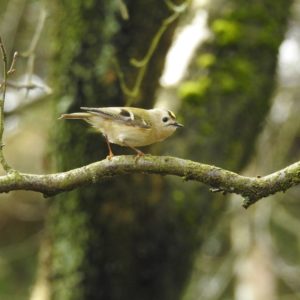
Goldcrest
- Birds

Golden Plover
- Birds
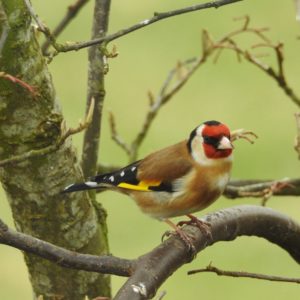
Goldfinch
- Birds

Great Tit
- Birds
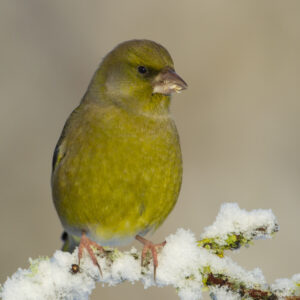
Greenfinch
- Birds

Hen Harrier
- Birds

Herring Gull
- Birds

House Sparrow
- Birds
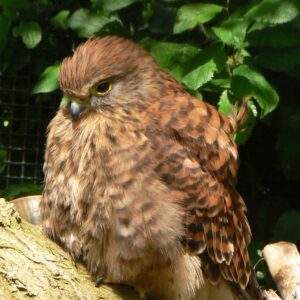
Kestrel
- Birds

Kingfisher
- Birds

Lapwing
- Birds
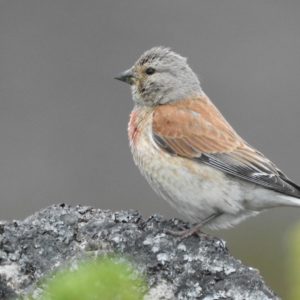
Linnet
- Birds
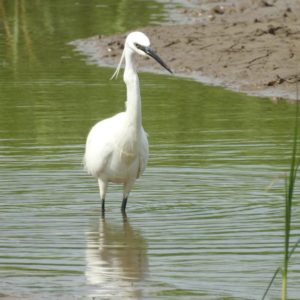
Little Egret
- Birds
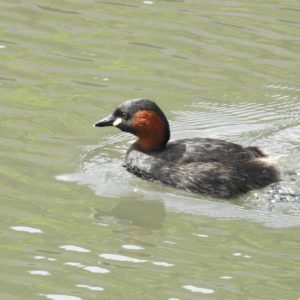
Little Grebe
- Birds

Long-Tailed Tit
- Birds
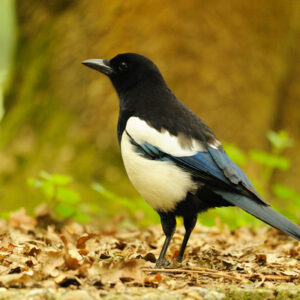
Magpie
- Birds
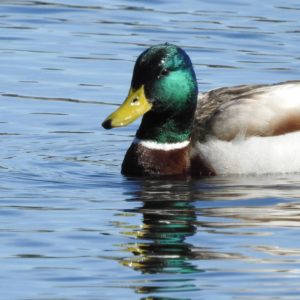
Mallard
- Birds

Mandarin Duck
- Birds
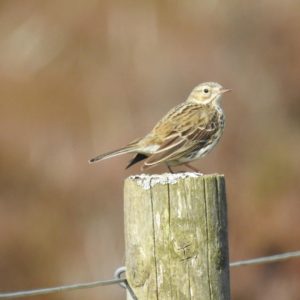
Meadow Pipit
- Birds

Mistle Thrush
- Birds

Moorhen
- Birds
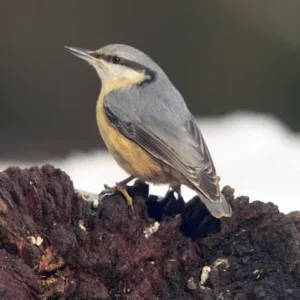
Nuthatch
- Birds

Peregrine falcon
- Birds

Robin
- Birds
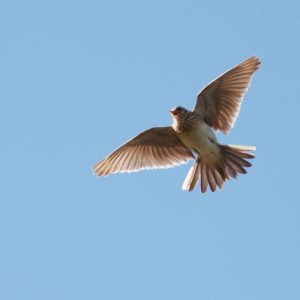
Skylark
- Birds

Snipe
- Birds

Song Thrush
- Birds

Starling
- Birds

Swift
- Birds
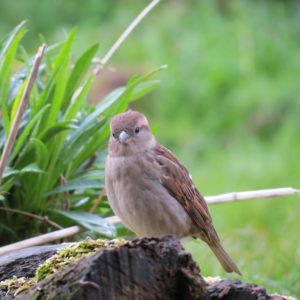
Tree Sparrow
- Birds

Treecreeper
- Birds

Waxwing
- Birds
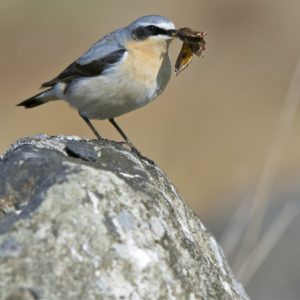
Wheatear
- Birds

Willow Warbler
- Birds
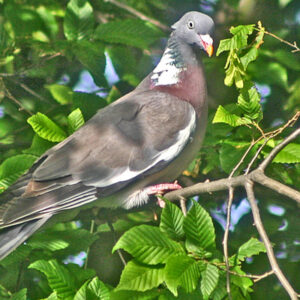
Wood Pigeon
- Birds
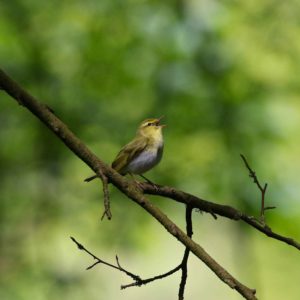
Wood Warbler
- Birds
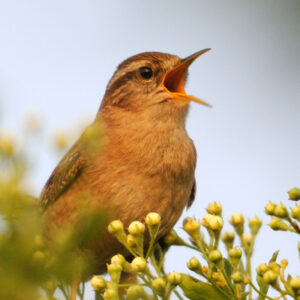
Wren
- Birds
